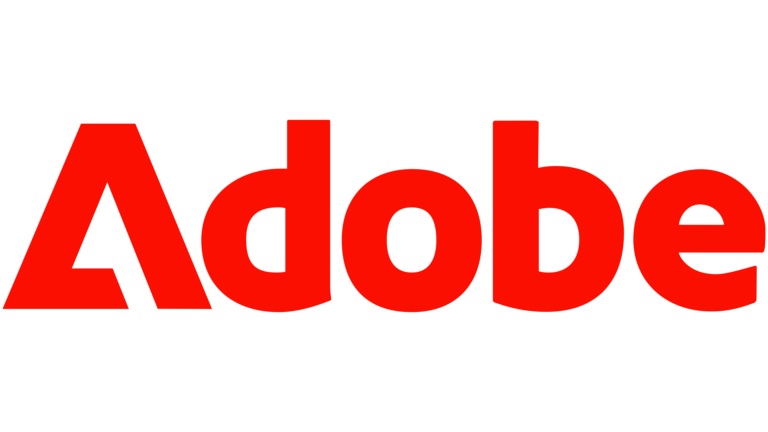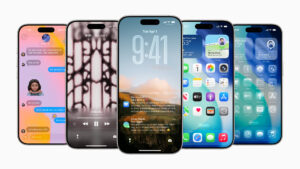In the late 1980s, Adobe Photoshop emerged as a groundbreaking tool for designers, photographers, and digital artists revolutionising the worlds of graphic design and photo editing. I’ve been using Adobe’s Creative Suite for more than a decade now, and over that period, with almost every task I’ve executed, I’ve reflected on how capable the software is.
Like most, my start with Photoshop began with logo design, conceptualising ideas for my first online publication. I sat at my parent’s dinner table with my business partner and watched him work magic, mocking up designs on Photoshop.
Over the years, I began to teach myself to use Photoshop, coming to terms with the layers, and how to control and manipulate individual elements with filters and effects. I also tinkered with Adobe InDesign and Illustrator – recognising the strengths and differences of each tool – then honed my skills as YouTube demos became more and more detailed. For what appears to be quite a complicated program, the basics of Photoshop are relatively easy to understand, with a wealth of knowledge online to further teach you all you need to know.
Today, Photoshop is a tool that is always open on my laptop, handling logo concepts, programmatic and social ad generation, graphic design work, branding evolution tasks, video titles, and image editing and resizing.
It’s safe to say that Photoshop essentially invented the manipulation of imagery. Users were able to seamlessly remove backgrounds, retouch photos, and composite multiple images into a single, realistic-looking picture.
While the Clone Stamp, Healing Brush and use of Adjustment Layers were once the norm (and plenty of patience), the introduction of advanced AI tech has allowed for more intelligent editing tools that save an unbelievable amount of time and deliver sophisticated results.
Photoshop 2024’s Generative AI function leverages machine learning to comprehend and replicate the content within an image. It provides solutions for complex tasks such as object removal, whereby AI analyses the surrounding pixels and generates a fill that blends seamlessly with the background. It’s astonishing how easy it is now.
The feature I now wonder how I lived without is Content-Aware Fill. It lets the AI select and create a fill based on the entire image context. This allows you to re-crop or recentre the subject of an image extremely easily, then fill the vacant space with contextually relevant ‘fill’ – or an object you request.
In the simple example above, I wanted to move the cowboy into the centre of the image to fit within the borders of the cropped feature image when shared on Boss Hunting’s Facebook page. Once upon a time, this would be done by copying the foreground and using the Clone Stamp – a task that could have taken me hours to do well. Now it’s as simple as shifting the image on the artboard and filling the negative space with AI-generated wheat. A process that takes 30 seconds with the right prompt.
Generative Expand, another AI-powered feature in Photoshop, extends the canvas beyond its original borders. The AI predicts and constructs new sections of the image to match the existing aesthetic and composition. A feature we use almost daily at BH is Canvas Extension which increases the size of the canvas and lets AI fill the new space.


Now altering assets supplied by clients that don’t fit the dimensions of our website feature image, or crop well for social, is as easy as running Generative Expand. You can see above how we’ve taken a landscape image for our recent campaign with American Express, redrawn the canvas size for a social crop, and allowed AI to fill the space with the same cloudy sky. This gives the original image a second life and allows the social team to create some natural empty space that’s more suitable to overlay text on for Instagram stories, for example.


The final AI innovation that has arguably changed the game more than all the aforementioned tools combined is Generative Fill. This actually manipulates the content of the image, such as allowing you to remove buildings from a city skyline or swap a beer on a restaurant table for a glass of water.
In this image we shot while flying Singapore Airlines’ first class suite last month, I’ve shown you how easy it is to swap out a glass of champagne for a glass of water.

This is a great example of how a client’s request to remove alcohol from an image (which previously would have taken half an hour to Photoshop) is quickly and easily actioned with Generative Fill. In a matter of seconds I could explore alternatives, the end result of which you can see for yourself below.


Adobe Photoshop has been three steps ahead of my needs as a creative since I started in this space a decade ago. It goes without saying that 2023 has seen the most definitive revolution in its capabilities.
Generative AI has revolutionised the way creators like myself efficiently execute tasks, allowing us to focus on creative decisions rather than processes. Furthermore, it gives users more creative power and makes the product infinitely more accessible to people who once thought it was too professional for them.
Adobe Photoshop is an absolutely essential tool for creators of all types going into 2024. The best time to get started was yesterday.
This article is presented in partnership with Adobe. Thank you for supporting the brands that support Boss Hunting.












